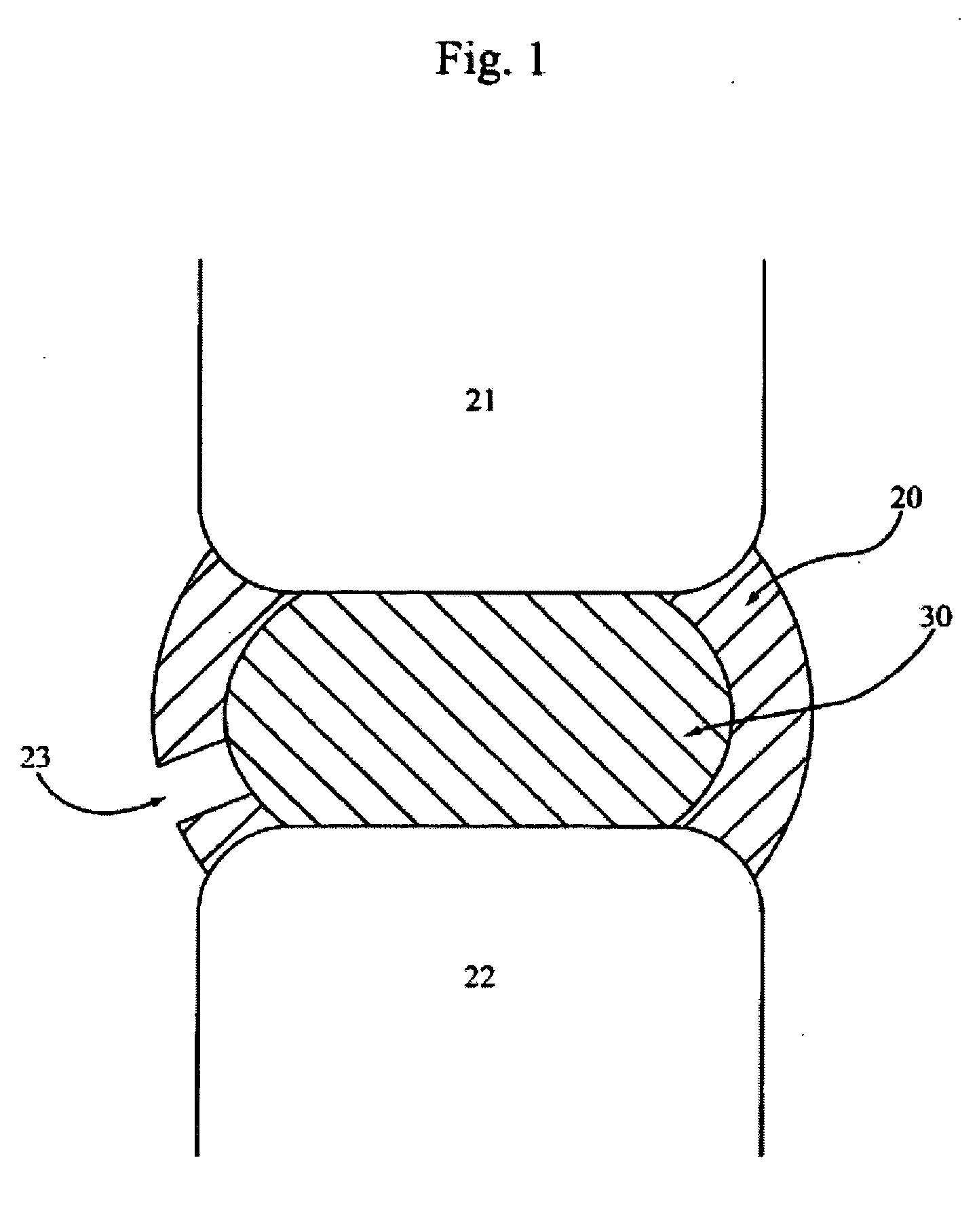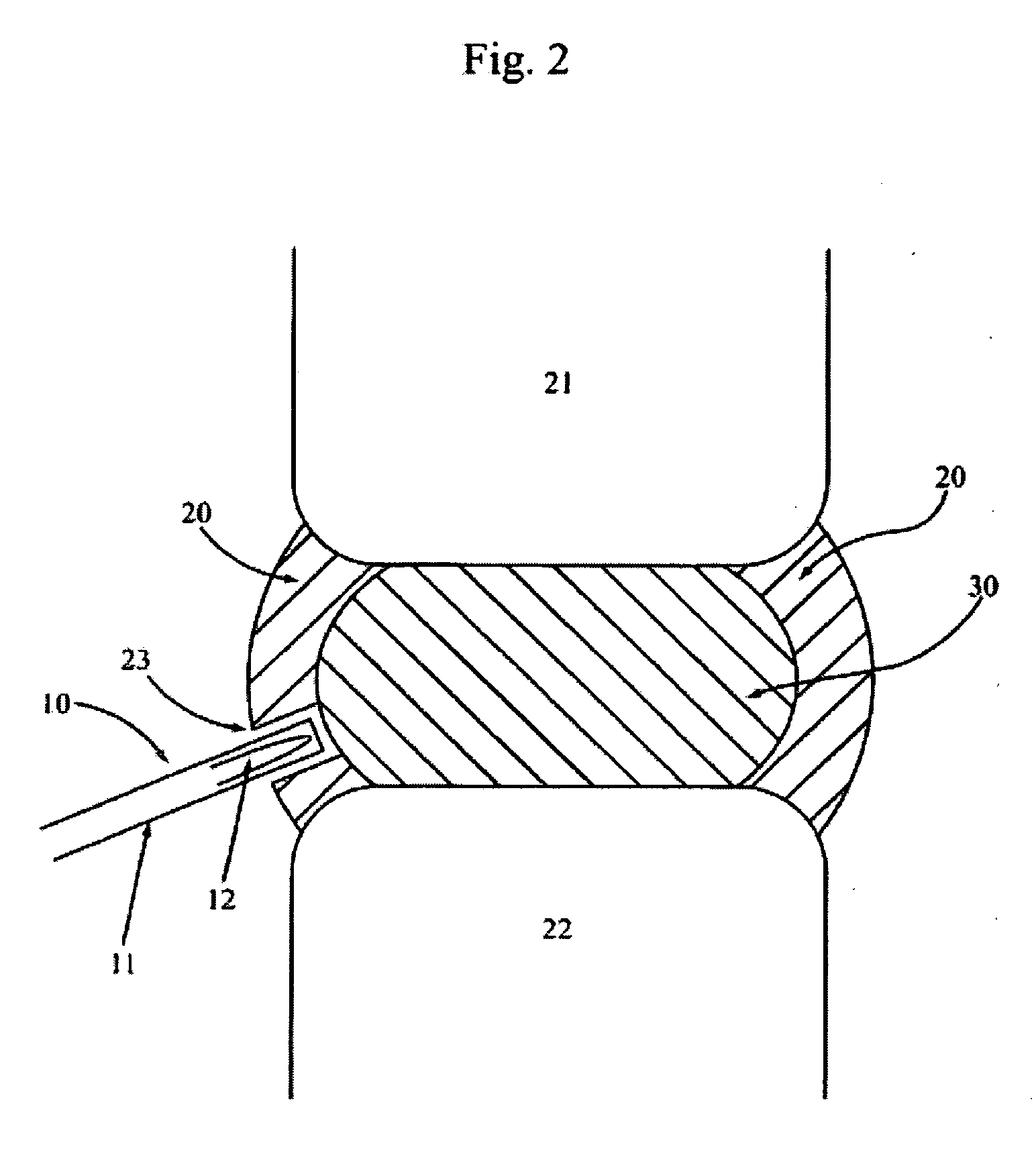Devices and methods for explantation of intervertebral disc implants
a technology of prosthetic spinal implants and implants, which is applied in the field of devices and methods for explanting prosthetic spinal implants, can solve the problems of intervertebral disc displaced or damaged, nerve damage, pain, muscle weakness and paralysis, and intervertebral disc deterioration
- Summary
- Abstract
- Description
- Claims
- Application Information
AI Technical Summary
Benefits of technology
Problems solved by technology
Method used
Image
Examples
Embodiment Construction
[0034] The following description is intended to convey a thorough understanding of the present invention by providing a number of specific embodiments and details involving explantation of spinal implants. It is understood, however, that the present invention is not limited to these specific embodiments and details, which are exemplary only. It is further understood that one possessing ordinary skill in the art, in light of known systems and methods, would appreciate the use of the invention for its intended purposes and benefits in any number of alternative embodiments.
[0035] The terminology used herein is for the purpose of describing particular embodiments only and is not intended to limit the scope of the present invention.
[0036] As used throughout this disclosure, the singular forms “a,”“an,” and “the” include plural reference unless the context clearly dictates otherwise. Thus, for example, a reference to “a spinal implant” includes a plurality of such implants, as well as a...
PUM
 Login to View More
Login to View More Abstract
Description
Claims
Application Information
 Login to View More
Login to View More - R&D
- Intellectual Property
- Life Sciences
- Materials
- Tech Scout
- Unparalleled Data Quality
- Higher Quality Content
- 60% Fewer Hallucinations
Browse by: Latest US Patents, China's latest patents, Technical Efficacy Thesaurus, Application Domain, Technology Topic, Popular Technical Reports.
© 2025 PatSnap. All rights reserved.Legal|Privacy policy|Modern Slavery Act Transparency Statement|Sitemap|About US| Contact US: help@patsnap.com



